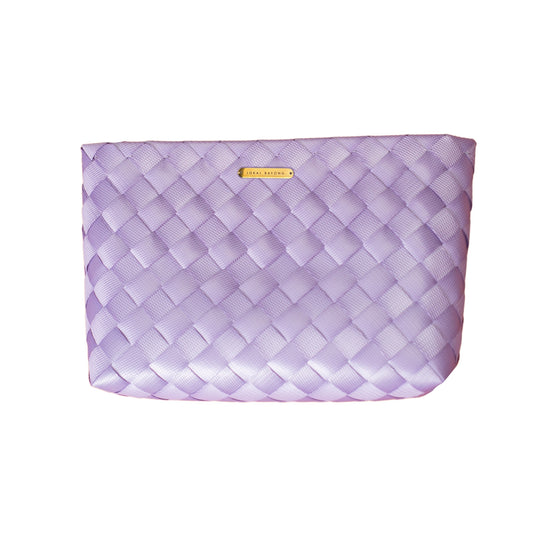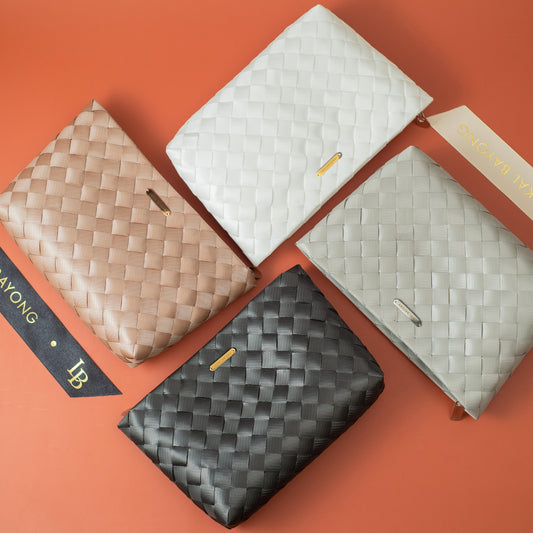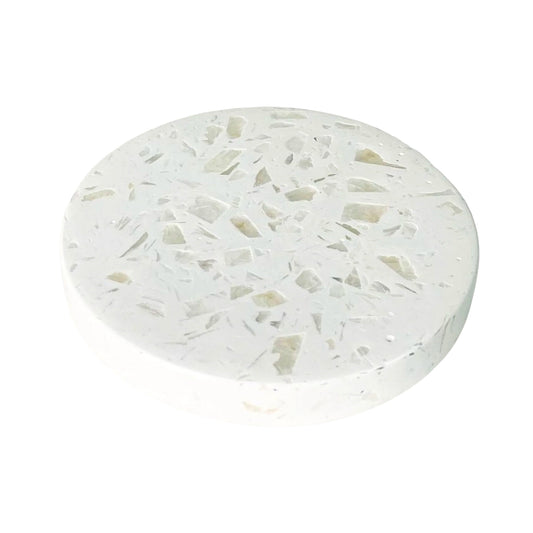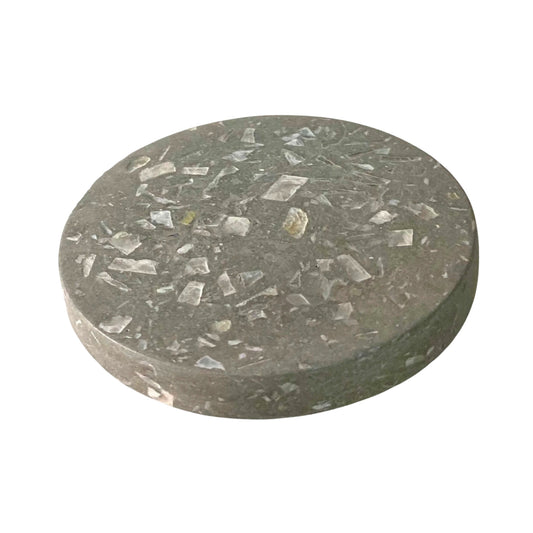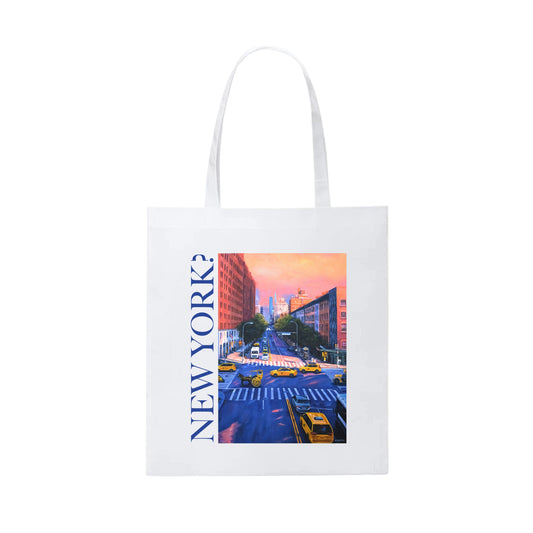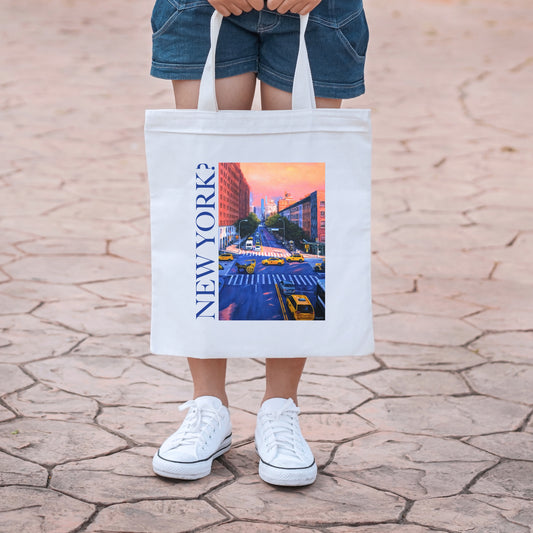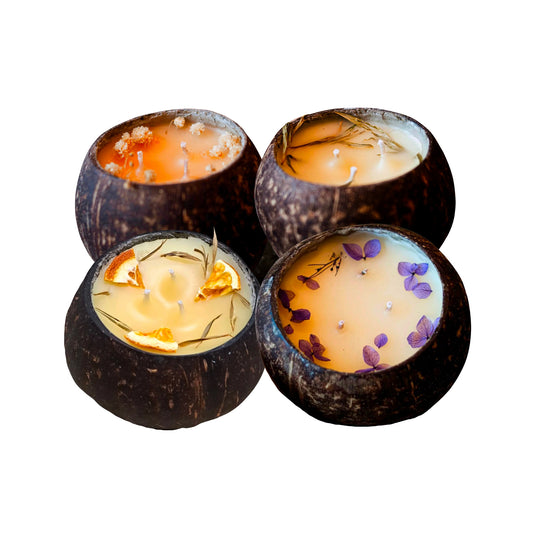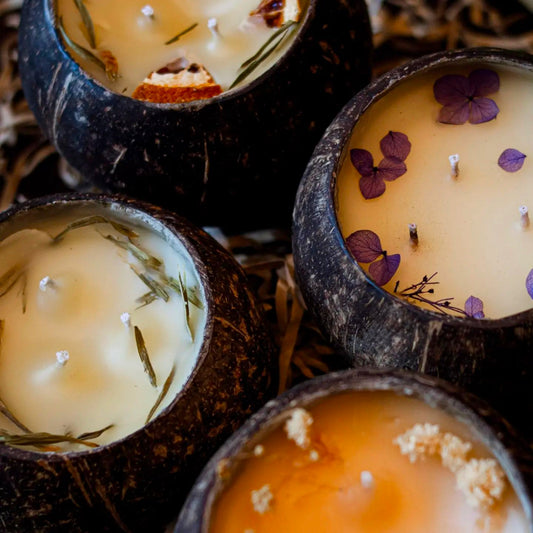For Filipina multi-genre artist Monica Castillo, creativity is limitless—and so is her canvas. From vibrant illustrations and fine art to wearable pieces and room decor, her work is a kaleidoscopic reflection of identity, memory, and possibility.
“Just because you call yourself a painter,” she says, “doesn’t mean you can’t do sculpture or other art forms. It’s borderless. That’s what I like about art.”
But before she became known for her intricate, culture-rich visuals, Castillo was simply a kid with a notebook—and a habit of doodling on anything she could get her hands on.
“I was that kid in the back of the classroom, doodling, vandalizing textbooks. I never thought it would be a career,” she laughs. “Even at 12, the idea of being a salaryman stuck in a cubicle made me wonder, is that all we’re meant to be?”
Her early explorations led her through an Animation degree at La Salle Benilde, a stint in Industrial Design in Singapore, and ultimately an art scholarship in Japan. While her tools and mediums have expanded, one thing remains constant: her trusted rOtring 0.35 mechanical pencil and a signature style rooted in intricate linework, dense detail, and a sense of overflowing imagination—what she fondly calls her “doodle style.”
A Childhood Spark, A Sistine Revelation
Castillo’s love for art crystallized early, in one of the world’s most iconic locations.
“I was 10 years old in the Sistine Chapel, thinking, Whoa, the whole room is painted? I want to do that! As a kid, you don’t think about the ‘art world’—you just think, this looks cool.”
This childlike wonder continues to inform her work—and her most trusted critics.
“When I mount my paintings and kids say ‘wow,’ I breathe a sigh of relief,” she says. “If they say it’s ugly, I get nervous.”

Lessons in Hardship, Growth in Process
Despite her joy in creating, Castillo’s path has been far from easy. Long nights, harsh critiques, and imposter syndrome were frequent visitors.
“Doing my laundry at 3AM just to finish deadlines—that kind of hustle humbles you,” she says. “It was a painful way to learn how to draw better.”
While studying, she often found herself gravitating toward the fine art aspects of her technical courses. It wasn’t until she joined a watercolor workshop under Aileen Escueta, whom she now considers a mentor, that art felt fun again. Escueta also helped mount her first solo show at LRI Design Plaza—a turning point.
“I was surprised people bought my works,” she recalls with a smile.
Japan: New World, New Eyes
That momentum eventually led her to the Japanese Embassy, where she applied for a highly competitive art scholarship—the only creative among a room of scientists and engineers. When asked what she wanted to do, she said simply, “To paint.”
In 2015, she landed in Japan—and found a culture that took artists seriously.
“Artists were treated like contributors to society, like rocket scientists,” she says. “It was only in Japan that I stopped feeling embarrassed to say, ‘I’m an artist.’”
Still, the experience wasn’t without conflict.
“A lot of people fetishize Japan, but once you live there, it’s a different story,” she says. “It made me rethink what home really means.”
That tension—between insider and outsider, familiarity and estrangement—now informs much of her work.
“There’s something about looking at your country as someone from there and also from the outside,” she muses. “What if you’re both?”

Re-rooting Through Art
Returning to the Philippines during the early pandemic years, Castillo turned inward, reconnecting with her cultural roots through art.
Her recent works feature Filipino iconography, mythology, and flora, rendered with a sumi-e influence and a bold, sometimes rule-breaking palette. Neon pinks and highlighter yellows whirl with earthy greens and deep blues, evoking energy, playfulness, and reverence all at once.
“I call them markers of identity,” she says.
Critics have noted how her color choices “break the rules” of color theory, but somehow work perfectly—testament to a refined instinct honed through years of exploration.
Other works adopt a quieter tone—portraits of flora and fauna, reminiscent of vintage encyclopedias. These subjects often appear not only on canvas but also in handcrafted scarves, wallets, and accessories, a nod to Japanese sensibilities where exhibitions feature not just wall art but wearable and functional pieces.
Art That Moves, Art That Grounds
Despite the occasional flirtation with kitsch, Castillo’s work remains thoughtful and grounded. She is critical of diaspora art that romanticizes heritage without interrogating the forces—economic, social, political—that drove migration in the first place.
“It’s not enough to reconnect with roots. We also have to ask why we were disconnected to begin with,” she says.
Today, Castillo walks with clarity. The imposter, she says, is only the voice in your own head.
“The future is misty,” she says, “but I’m not scared of what’s next. I’m excited.”



